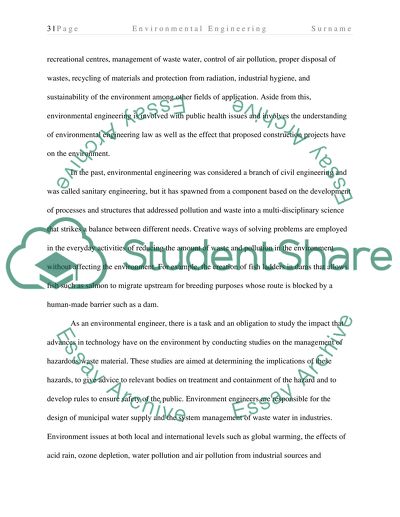Cite this document
(“Conferance Paper Essay Example | Topics and Well Written Essays - 2500 words - 1”, n.d.)
Conferance Paper Essay Example | Topics and Well Written Essays - 2500 words - 1. Retrieved from https://studentshare.org/engineering-and-construction/1486214-conferance-paper
Conferance Paper Essay Example | Topics and Well Written Essays - 2500 words - 1. Retrieved from https://studentshare.org/engineering-and-construction/1486214-conferance-paper
(Conferance Paper Essay Example | Topics and Well Written Essays - 2500 Words - 1)
Conferance Paper Essay Example | Topics and Well Written Essays - 2500 Words - 1. https://studentshare.org/engineering-and-construction/1486214-conferance-paper.
Conferance Paper Essay Example | Topics and Well Written Essays - 2500 Words - 1. https://studentshare.org/engineering-and-construction/1486214-conferance-paper.
“Conferance Paper Essay Example | Topics and Well Written Essays - 2500 Words - 1”, n.d. https://studentshare.org/engineering-and-construction/1486214-conferance-paper.


